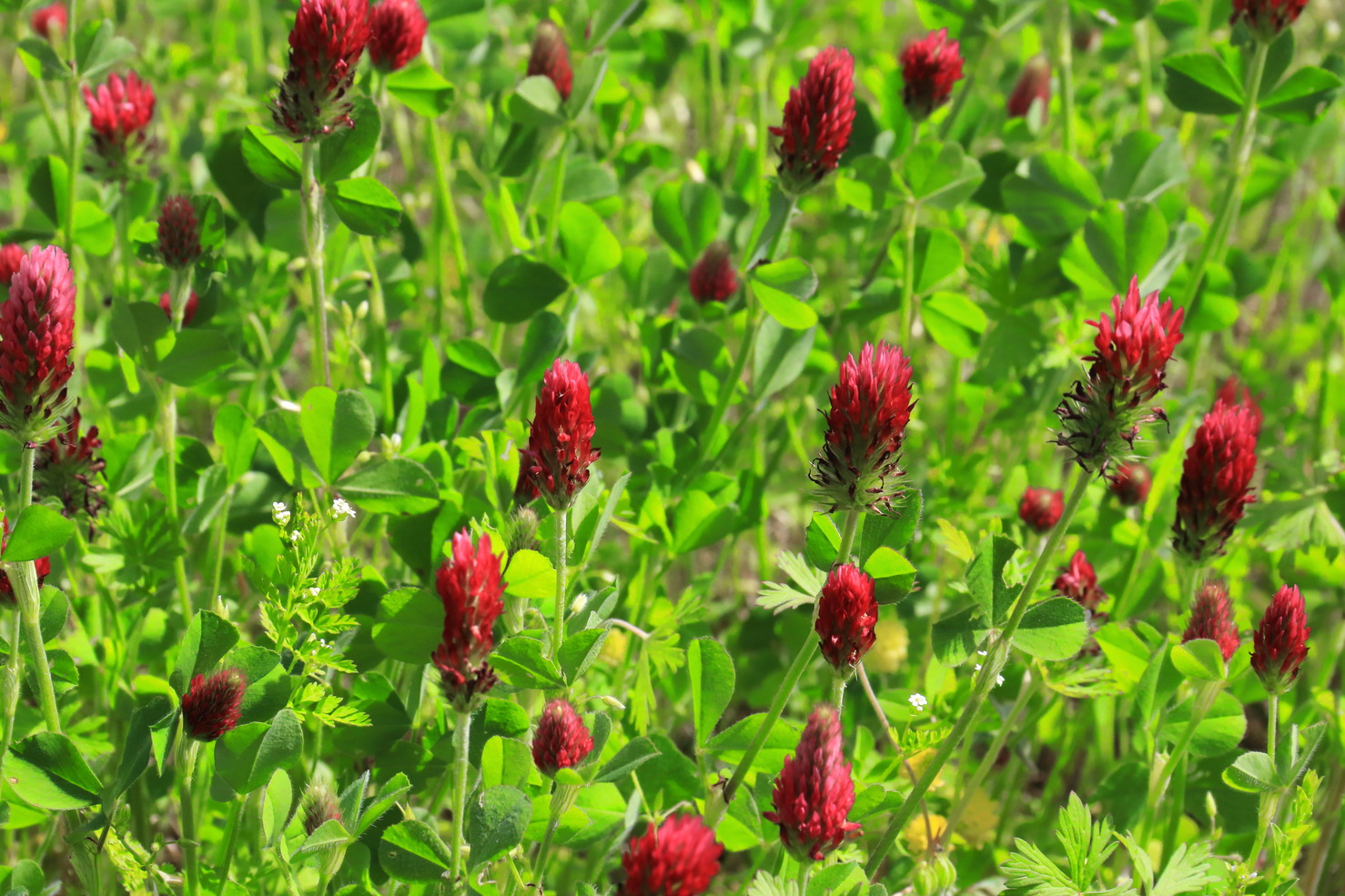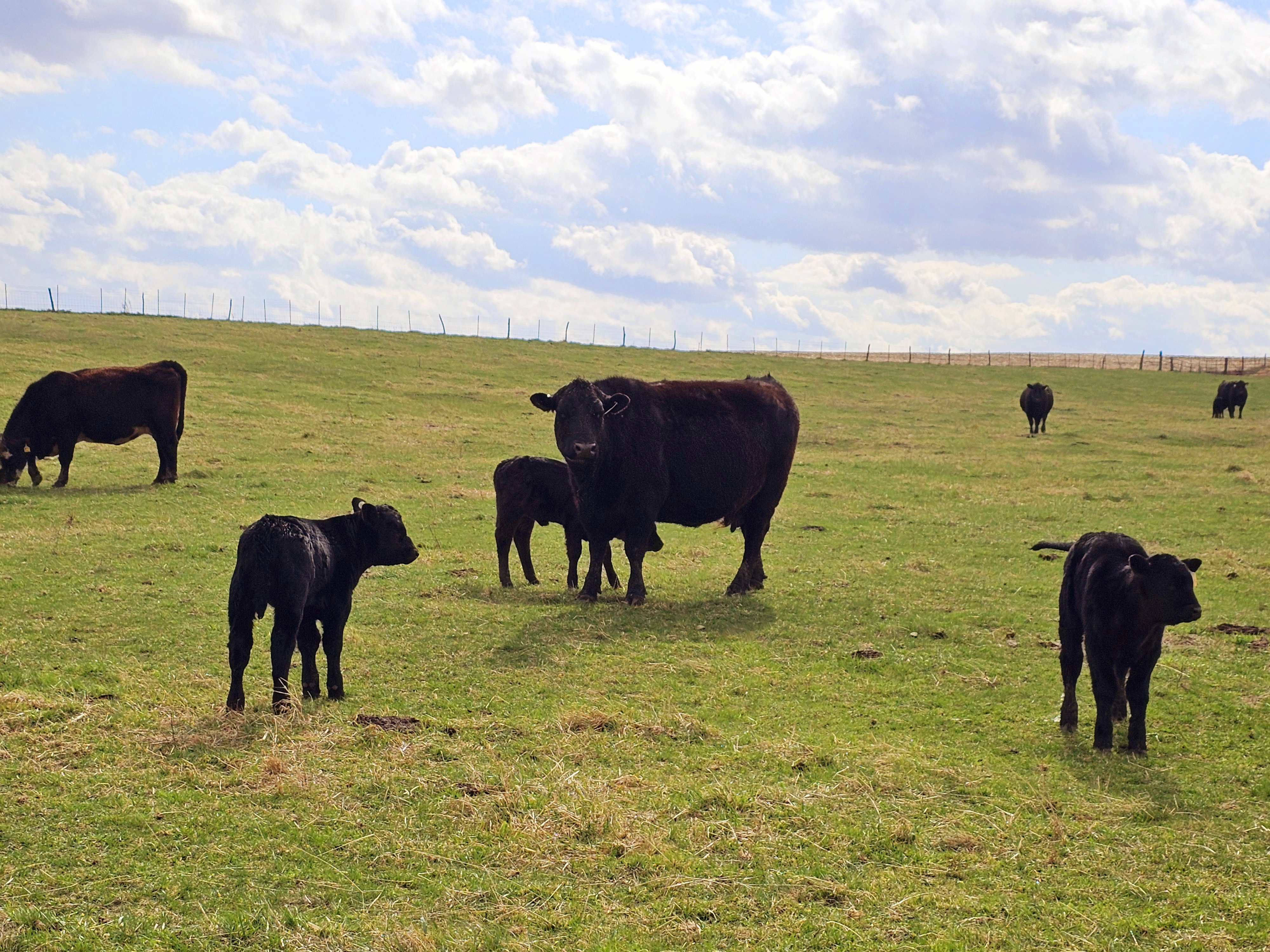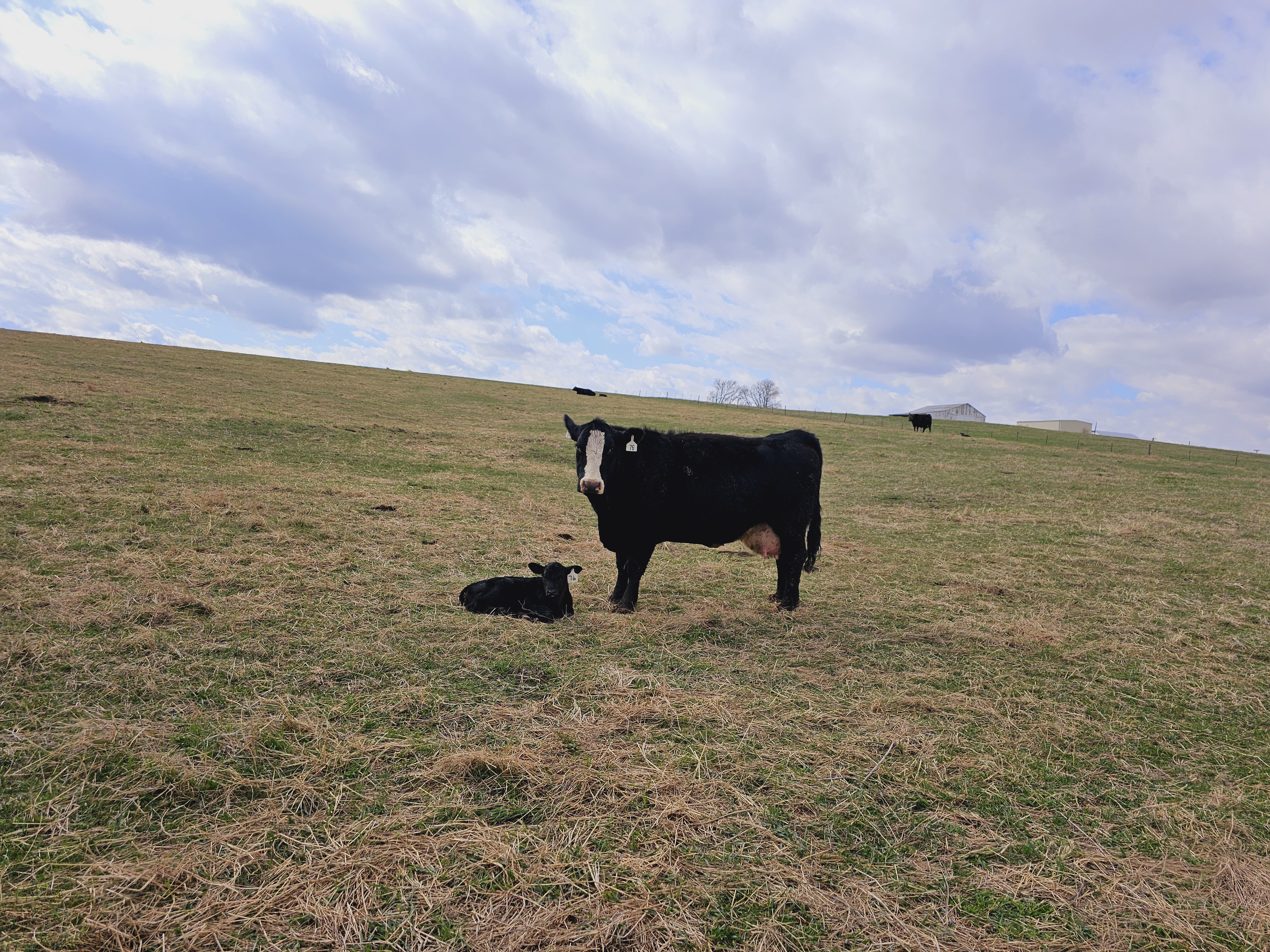No-Till: How To Successfully Make the Transition
Transitioning to no-till on your farm might seem challenging, but the experiences from many farmers show the opposite. However, it is good to be aware of the changes expected. Here we touch on some of the main changes that come with no-till farming and things to consider.
Transitioning to no-till cuts both ways. You can reduce money regarding labor, fertilizer and fuel, while you increase revenue by retaining nutrients in the soil, higher crop yields and sequester carbon in the soil (and the possibility to sell carbon credits). Furthermore, fields managed using no-till for multiple years generally have a higher water holding capacity than conventionally tilled fields. This is particularly valuable in drought-prone areas, where lack of water is a major concern tied to crop loss.
However, a transition to something new is not always easy and comes with questions and uncertainties. The soil needs to rejuvenate itself and you need to find a new way of working. Usually this takes 1-3 years. Below we have summarized the main pillars that come with switching to no-till. This is not a complete guide, but a good starting point.
6 Main Pillars for a Successful Transition to No-till:
1. Guidelines & knowledge: It all starts with having the right knowledge on no-till practices and soil health, and a trusted crop advisor to help you make the change. Tilling remains one of the most dominant paradigms; almost everyone does it. So change is not easy. But having an open mind and willing to educate and learn helps a lot.
- A good partnership with your advisor is key to supporting you in making practice changes that benefit your farm and build a more sustainable business for years to come.
- Next to a good adviser on your side, it can be very helpful to seek advice and recommendations from successful no-tillers.
- Make a good plan, at least 1 year before making a change to no-till.
2. Weeds & insects: When you stop tillage it has an effect on the insects. In addition, some types of weeds are made worse, some are improved.
- No-till can mean you need to tailor the amount of herbicides for a certain period of time to get rid of the weeds, without damaging the cover crops. Not necessarily more volume, but rather the number of applications
- Evaluate what type of insecticide you are using. You might have to pay for a new seed treatment. It is key to stay more alert on insect damage early in the season. Big problems are slugs when switching to no till.
3. Fertilizer application: With no-till, you may need to look at placement of fertilizer with your planter to help overcome the distribution of nutrients in the soil, especially during the early years of the transition. Too often, a reduction in nutrient cut back is done too early and this results in a yield loss.
- If you use variable rate technology (VRT) fertilizer application already, it is easy to apply this for no-till fields and you can work even more efficiently. If you are not switching to VRT, fertilizer rates can often stay the same.
- You might need to apply different types of nutrients. Applying starter fertilizer in no-till systems helps in overcoming slow growth because of low soil temperatures at the early growth stage.
- With crop residues on the soil surface, ammonium nitrate is the best nitrogen fertilizer for broadcasting without incorporation.
- Once the soil reaches a new equilibrium of organic matter level, no till cropping can be more fertilizer efficient.
4. Equipment: In most of the cases, you can start with no-till by buying an add-on to make the equipment suitable to penetrate the soil with a higher density. You need to use equipment that can penetrate tough soil and create uniform “V” seed furrows, without plugging.
- No-till method of farming requires special equipment such as no-till coulters and row cleaners.
- You need to adapt down pressure on the planter
- You can use a traditional split row planter for no-till. You only have to add one set of rows on top to no-till in both soybeans and corn.
- For the highest crop yields, it’s all about great seed furrows with the right depth. Make sure you have the right equipment to do this in a consistent way.
5. Time of planting: With tilling, the temperature of the soil increases and you can plant earlier. With no-till, it takes a lot longer for the soil to warm up, which also means having more water.
- With no-till you have to plant later (often later than your neighbors). If you can wait a bit longer you can also have an adequate yield.
- A seed selection change is often not needed for no-till farming practices.
- Planting takes longer because there is more resistance in the field. No-till soils require a lot more force.
6. Cover crops: Promoting healthy no-till soils can be done through judicious use of cover crops and will determine the success of the whole no-till system. The cover crop holds the soil in place with its roots, preventing erosion, prevents fast-growing weeds from getting sunlight, and reduces organic matter oxidation by keeping the soil surface cool.
- Corn on corn is more difficult to do on no-till land, because there is so much residue with corn. With no-till, the growers who do corn on corn will likely switch to crop rotation. A popular crop rotation might be corn–soybeans–corn–soybeans–alfalfa fallow in a 6-year cycle. The final fallow year is important to allow the soil to rest and recover its fertility.
- Stalk degradation products can help to reduce crop residues. For example, the Yetter Stalk Devastator™, a passive system for managing corn residue that features rolling baskets to split stalks, enhancing degradation.
- How will you terminate that cover crop? This determines all other decisions you have to make at the beginning (chemical or herbicide termination, using a crimper or letting it grow until it reaches the end of its lifecycle?)
- When do you plant the cover crop? Determine the timing (during cash crop growing seasons, post-harvest or plant during winter (frost seed)?
Conclusion
Switching to no-till requires a different way of working. Factors such as climate, soil type, crop type, guidelines and family dynamics may influence the decision to make the switch to no-till. But when successful, no-till can lead to reduction in labor, fertilizer and fuel costs, while you increase revenue by retaining nutrients in the soil, higher crop yields and selling carbon credits.


